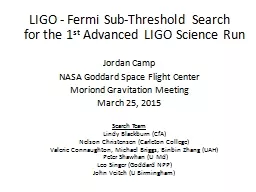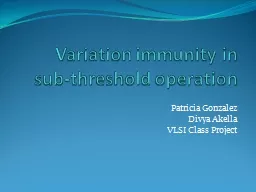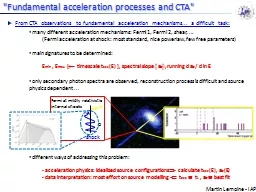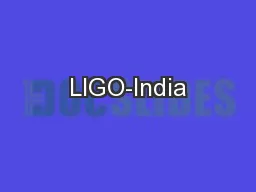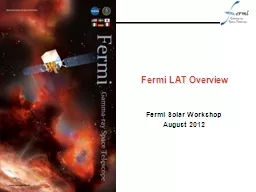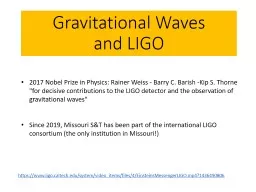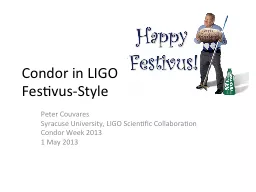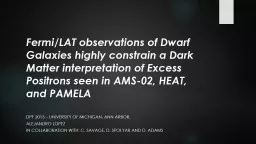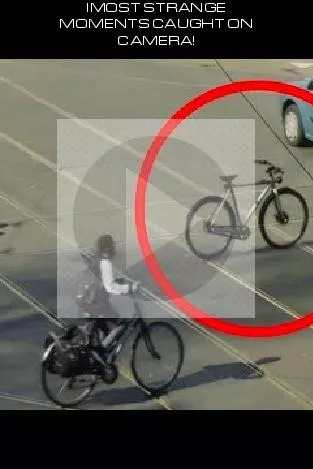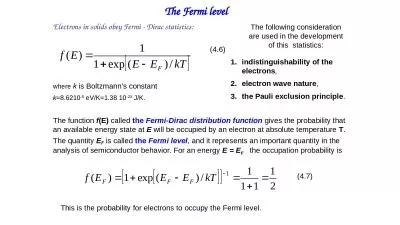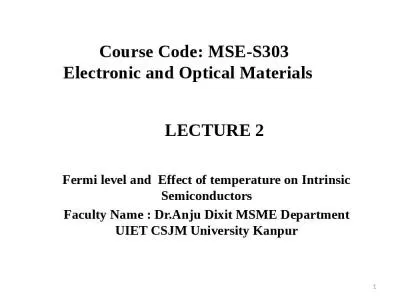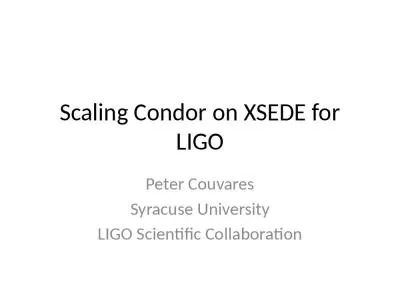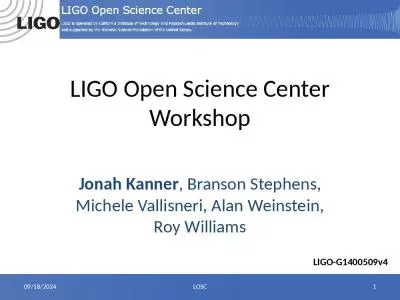PPT-LIGO - Fermi Sub-Threshold Search
Author : pamella-moone | Published Date : 2016-02-18
for the 1 st Advanced LIGO Science Run Jordan Camp NASA Goddard Space Flight Center Moriond Gravitation Meeting March 25 2015 Search Team Lindy Blackburn CfA Nelson
Presentation Embed Code
Download Presentation
Download Presentation The PPT/PDF document "LIGO - Fermi Sub-Threshold Search" is the property of its rightful owner. Permission is granted to download and print the materials on this website for personal, non-commercial use only, and to display it on your personal computer provided you do not modify the materials and that you retain all copyright notices contained in the materials. By downloading content from our website, you accept the terms of this agreement.
LIGO - Fermi Sub-Threshold Search: Transcript
Download Rules Of Document
"LIGO - Fermi Sub-Threshold Search"The content belongs to its owner. You may download and print it for personal use, without modification, and keep all copyright notices. By downloading, you agree to these terms.
Related Documents

